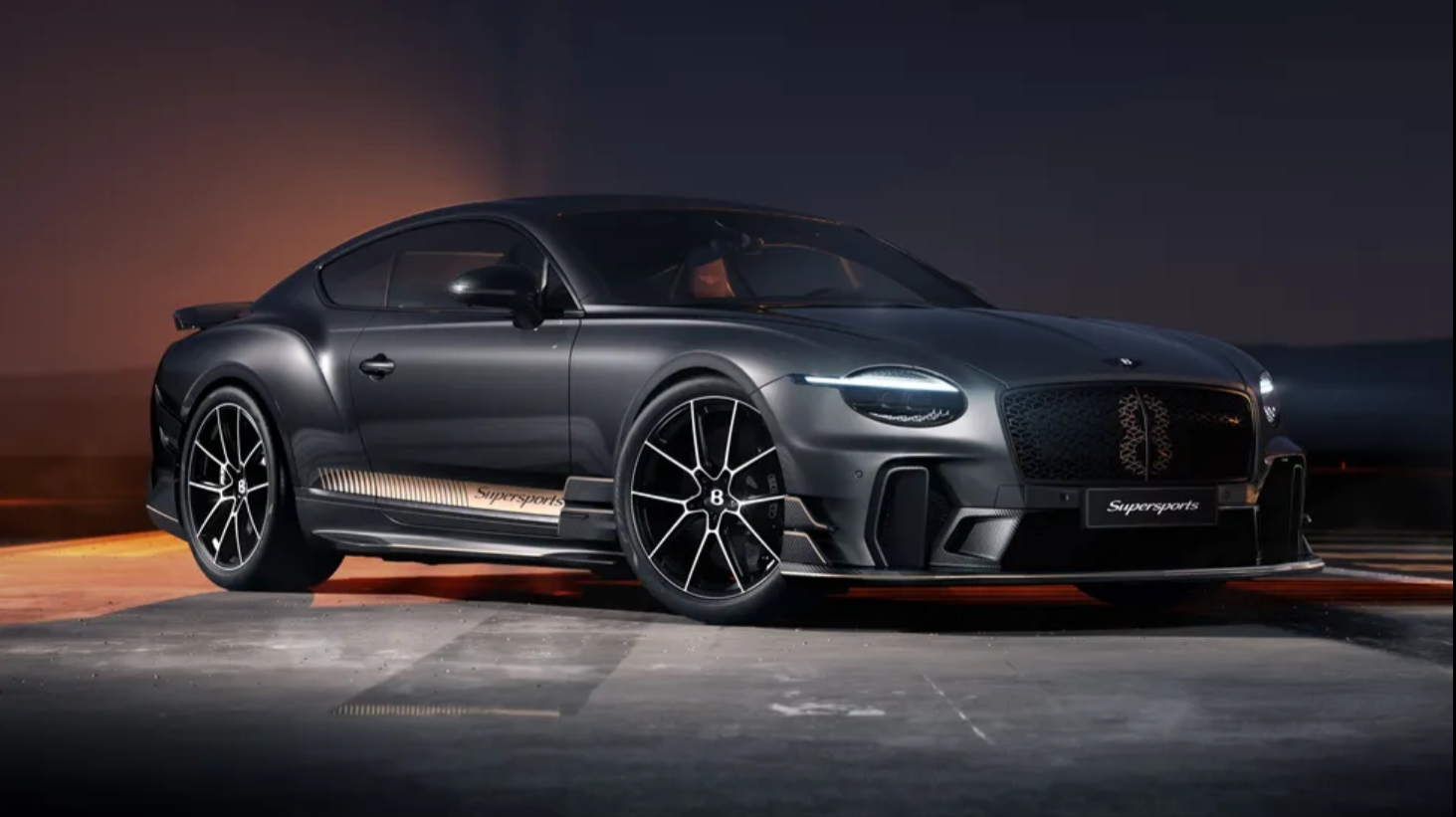The rumours are true: Alpine has finally confirmed it will be using Mercedes-built engines and gearboxes from 2026, when Formula 1’s next big regulatory shake-up arrives.
This news won’t shock many in the paddock. Rumblings began earlier this year about Renault’s shaky commitment to developing its own F1 power unit, and last month, the French marque finally pulled the plug. With that, Renault's nearly 50-year legacy in F1 engine building - a history packed with 12 constructors’ titles and 11 drivers’ championships, comes to an end. Only Ferrari can rival Renault’s success in terms of championships, but there’s no question the past decade has been disappointing for the French outfit.
For years now, Renault’s power unit has been the weak link in Alpine’s setup, widely seen as the least competitive engine on the grid behind Mercedes, Ferrari, and Honda. With development frozen until the end of 2025 (unless for reliability reasons), there was no chance of closing the gap. The team’s recent surprise double podium in São Paulo aside, Alpine has largely stumbled this season, dropping to ninth in the constructors’ standings, hardly the form you’d expect from a team with grand ambitions.
So, Alpine’s choice to become a Mercedes customer feels like a lifeline. The appeal is obvious: Mercedes' dominance during the turbo-hybrid era from 2014 onward speaks for itself. By securing engines and gearboxes from AMG, Alpine gains access to some of the best powertrain technology on the grid.
Alpine’s arrangement as a Mercedes customer is set to last for “the duration of the new regulation era,” which means we’ll likely see the French team powered by AMG until at least 2030, and potentially beyond. This could be the move that revitalizes Alpine’s fortunes and gets them back into the competitive fray.






.jpg)


.jpeg)

.jpeg)
.jpeg)

